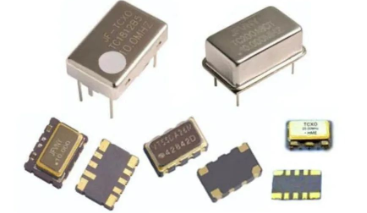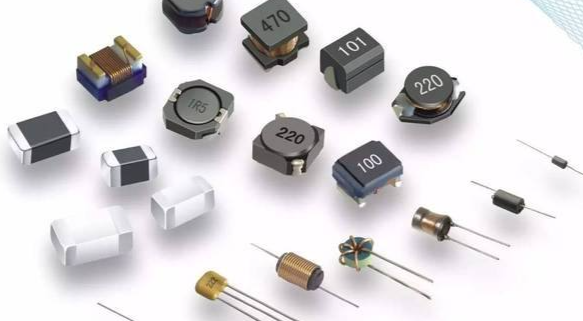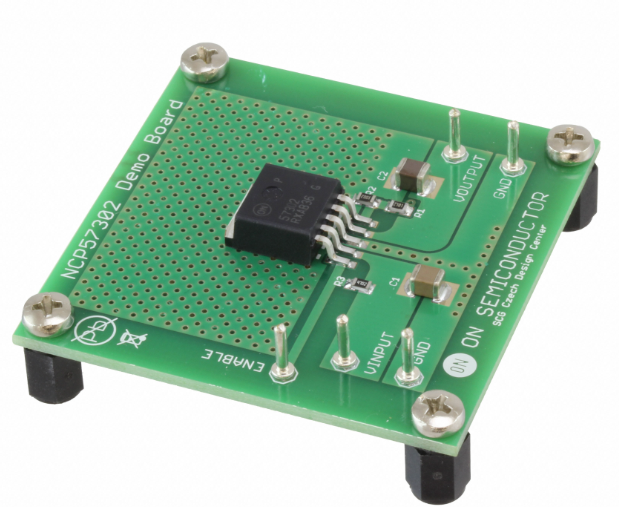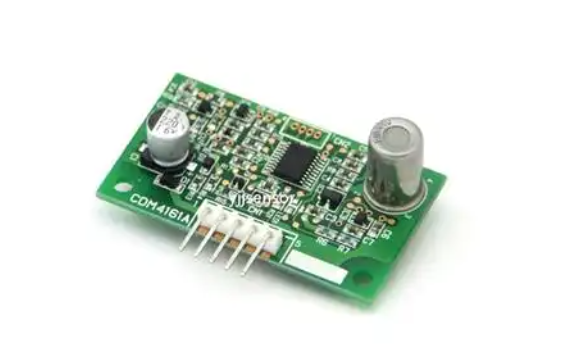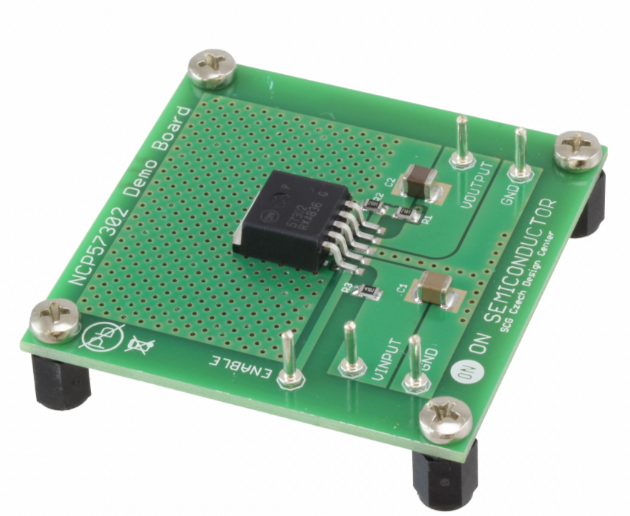Navigating the World of Electronic Components Purchasing: A Strategic Guide
Introduction
In the rapidly evolving landscape of global manufacturing and technology development, the role of electronic components purchasers has never been more critical. These professionals are the backbone of supply chain operations, ensuring that the right components are sourced, delivered, and integrated into products that power our daily lives—from smartphones to medical devices. However, the journey of procuring electronic components is fraught with challenges, including supply chain disruptions, counterfeit parts, and rapidly changing technological demands. This article delves into the strategies, tools, and insights essential for success in this field, emphasizing the importance of leveraging advanced platforms like ICGOODFIND to streamline processes and mitigate risks. Whether you’re a seasoned procurement expert or new to the industry, understanding these dynamics is key to maintaining competitive advantage and operational efficiency.

The Evolving Role of Electronic Components Purchasers
The role of electronic components purchasers has transformed from a simple transactional function to a strategic one that requires deep market knowledge and analytical skills. In today’s interconnected world, purchasers must navigate complex global supply chains, often dealing with suppliers across continents while adhering to strict regulatory standards. Strategic sourcing is no longer just about finding the lowest price; it involves assessing factors like lead times, quality assurance, and supplier reliability. For instance, the recent semiconductor shortage highlighted how vulnerabilities in the supply chain can halt production lines across industries, from automotive to consumer electronics. Purchasers had to quickly adapt by diversifying suppliers, exploring alternative components, and building stronger relationships with manufacturers to secure inventory.
Moreover, technological advancements such as IoT, AI, and 5G are driving demand for specialized components, requiring purchasers to stay ahead of trends and understand technical specifications. This necessitates continuous learning and collaboration with engineering teams to ensure compatibility and performance. Tools like ICGOODFIND have emerged as invaluable resources, providing real-time market data, supplier ratings, and component availability insights. By using such platforms, purchasers can make informed decisions, reduce procurement cycles, and avoid costly mistakes like sourcing counterfeit parts. Ultimately, the modern purchaser acts as a bridge between innovation and execution, balancing cost efficiency with risk management to support organizational goals.
Key Challenges in Electronic Components Procurement
Procuring electronic components presents several significant challenges that electronic components purchasers must overcome to ensure smooth operations. One of the most pressing issues is supply chain volatility, exacerbated by geopolitical tensions, natural disasters, and pandemics. For example, the COVID-19 pandemic caused widespread factory shutdowns and logistics bottlenecks, leading to extended lead times and price hikes for critical components like microchips and capacitors. Purchasers had to develop contingency plans, such as holding safety stock or engaging in long-term contracts, to mitigate these disruptions. Additionally, the rise of counterfeit components poses a serious threat to product quality and safety. These fake parts often infiltrate the market through unauthorized distributors, resulting in device failures and reputational damage. Implementing rigorous verification processes, such as using certified suppliers and conducting batch testing, is essential to combat this risk.
Another challenge is the rapid obsolescence of components due to technological advancements. As new products are developed, older parts may be phased out, forcing purchasers to manage end-of-life (EOL) notifications and last-time buys effectively. This requires proactive communication with suppliers and maintaining accurate component databases to avoid production delays. Furthermore, cost pressures remain a constant concern; while reducing expenses is important, focusing solely on price can lead to compromises in quality and reliability. Adopting a total cost of ownership (TCO) approach—considering factors like durability, maintenance, and lifecycle costs—helps purchasers make more sustainable decisions. Platforms like ICGOODFIND assist in addressing these challenges by offering comprehensive supplier networks, real-time inventory updates, and quality assurance tools, enabling purchasers to navigate complexities with confidence.
Best Practices for Effective Component Sourcing
To excel in electronic components procurement, electronic components purchasers should adopt a set of best practices that enhance efficiency and reduce risks. First and foremost, building strong supplier relationships is crucial. Establishing partnerships with reliable manufacturers and distributors ensures priority access during shortages and fosters collaboration on product development. Regular audits and performance evaluations help maintain high standards and address issues proactively. Secondly, leveraging data analytics is key to making informed decisions. By analyzing market trends, demand forecasts, and pricing data, purchasers can anticipate shifts and optimize inventory levels. Advanced tools like ICGOODFIND provide actionable insights through integrated platforms, allowing users to compare suppliers, track component availability, and receive alerts on market changes.
Another critical practice is implementing robust risk management strategies. This includes diversifying the supplier base to avoid over-reliance on single sources and developing contingency plans for supply chain disruptions. For instance, dual-sourcing critical components can prevent production halts if one supplier fails to deliver. Additionally, emphasizing quality assurance through certifications like ISO 9001 and AS9120 ensures that components meet required standards. Purchasers should also stay updated on industry regulations, such as RoHS and REACH, to ensure compliance and avoid legal penalties. Finally, continuous professional development—through training on emerging technologies and market dynamics—empowers purchasers to adapt to changes swiftly. By integrating these practices with innovative solutions like ICGOODFIND, which offers a user-friendly interface for sourcing and verification, purchasers can streamline operations and drive organizational success in a competitive landscape.
Conclusion
In conclusion, the role of electronic components purchasers is integral to the success of modern technology-driven industries. By understanding the evolving demands of strategic sourcing, addressing key challenges such as supply chain volatility and counterfeit parts, and adopting best practices like supplier relationship management and data-driven decision-making, purchasers can significantly enhance their effectiveness. Platforms like ICGOODFIND play a pivotal role in this ecosystem by providing comprehensive tools for market analysis, supplier verification, and inventory management, ultimately empowering professionals to navigate complexities with greater agility and confidence. As the industry continues to advance, embracing innovation and continuous learning will be essential for staying ahead. For those involved in electronic components procurement, leveraging these resources and strategies is not just an option—it’s a necessity for sustainable growth and resilience.























